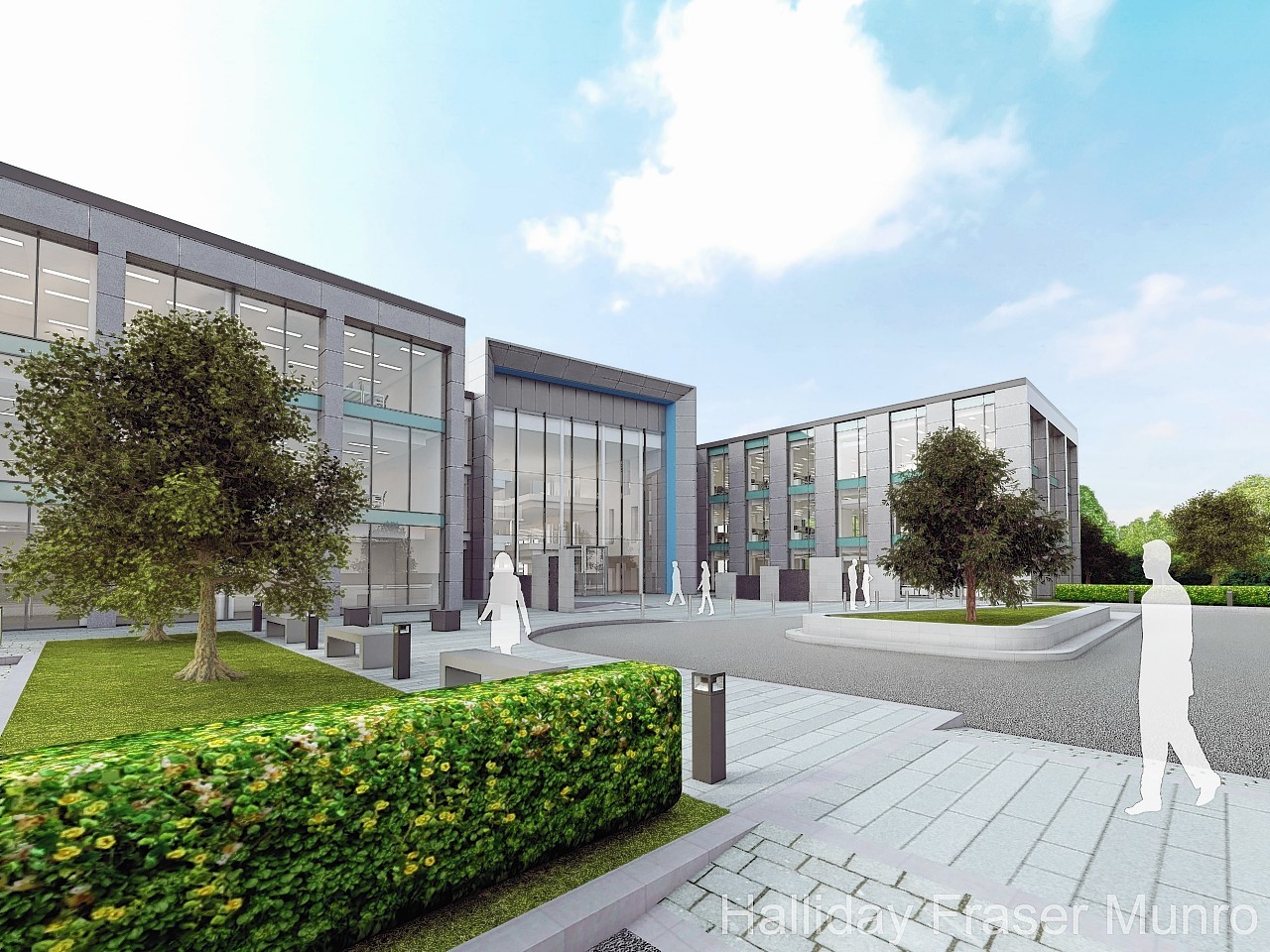A growing shortfall of modern office and industrial stock in Scotland’s commercial property sector is costing the country jobs and inward investment, a new report says.
The document – Commercial Real Estate and the Scottish Economy – is written by Colin Jones and Edward Trevillion of Heriot-Watt University’s Institute for Social Policy, Housing, Environment and Real Estate.
It was commissioned by the Scottish Property Federation (SPF) to highlight the sector’s value to the economy – nearly £6billion and 60,872 jobs in 2013 – but it also carries a warning about shortages limiting future growth.
The report says 2.9million sq ft of new office space and 6.1million sq ft of industrial space needs to be replaced or refurbished just to ensure no stock is older than 30 years.
It adds that developing new space over and above the replacement rates could lead to one job being created per 130sq ft of office development or 505sq ft of industrial space, and that the current shortfall equates to around 6,500 jobs in the office sector and 11,500 in the industrial sector.
Speaking just before last night’s official launch of the report at a parliamentary reception at Holyrood, SPF director David Melhuish said: “Scotland’s commercial property industry is not only a major asset for Scotland, contributing some £6billion a year to the economy, but it also attracts inward investment.
“It provides the spaces that our businesses need, as well as contributing to Scotland’s social infrastructure in the form of shops and leisure facilities and investment assets for life and pension funds.
“It is clear that attracting inward investment and funding is going to be an important part of Scotland’s economic landscape over the coming years.
“Although the commercial property market has already attracted significant overseas interest, we need to ensure that we have a competitive business environment to retain and build this investment.
“Keeping up with the new demands of modern business premises will also be vital to ensuring we continue to provide the accommodation business needs to grow and thrive.”
The report says the commercial property market accounted for 5.3% of total Scottish economic output – on a gross value added basis – in 2013, more than the tourism and food and drink sectors.
But it has still not fully recovered from the effects of the financial crisis in 2007 and the subsequent recession, despite signs of a recovery, it adds.
The value of property assets grew to £46billion in 2013 but still had some way to go to hit the 2005 record of £51billion, the report says.
Highlighting the value of inward investment, it says this accounted for seven of the top 10 commercial property deals in 2013.
